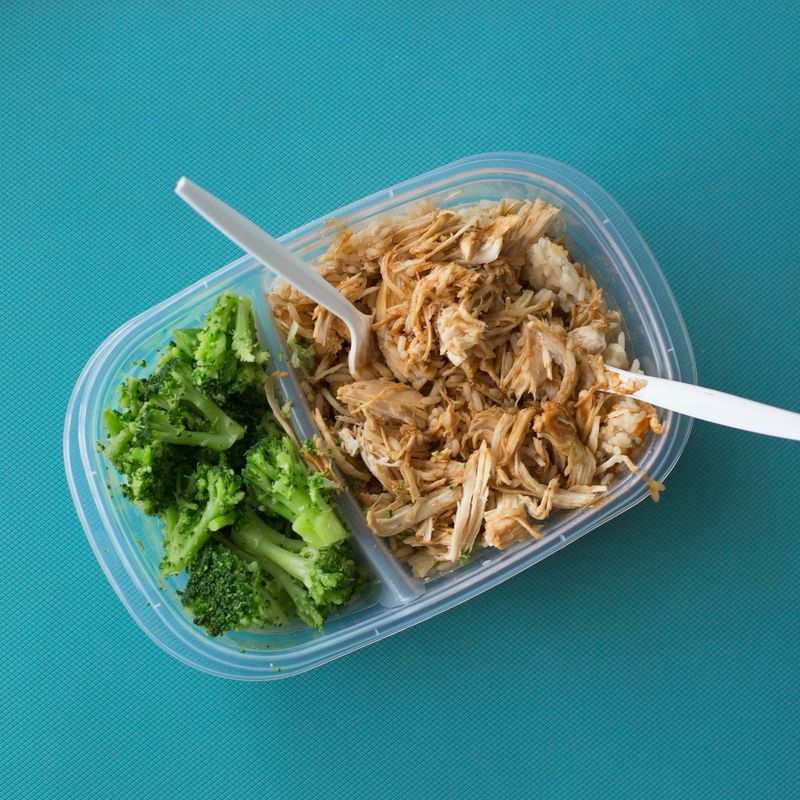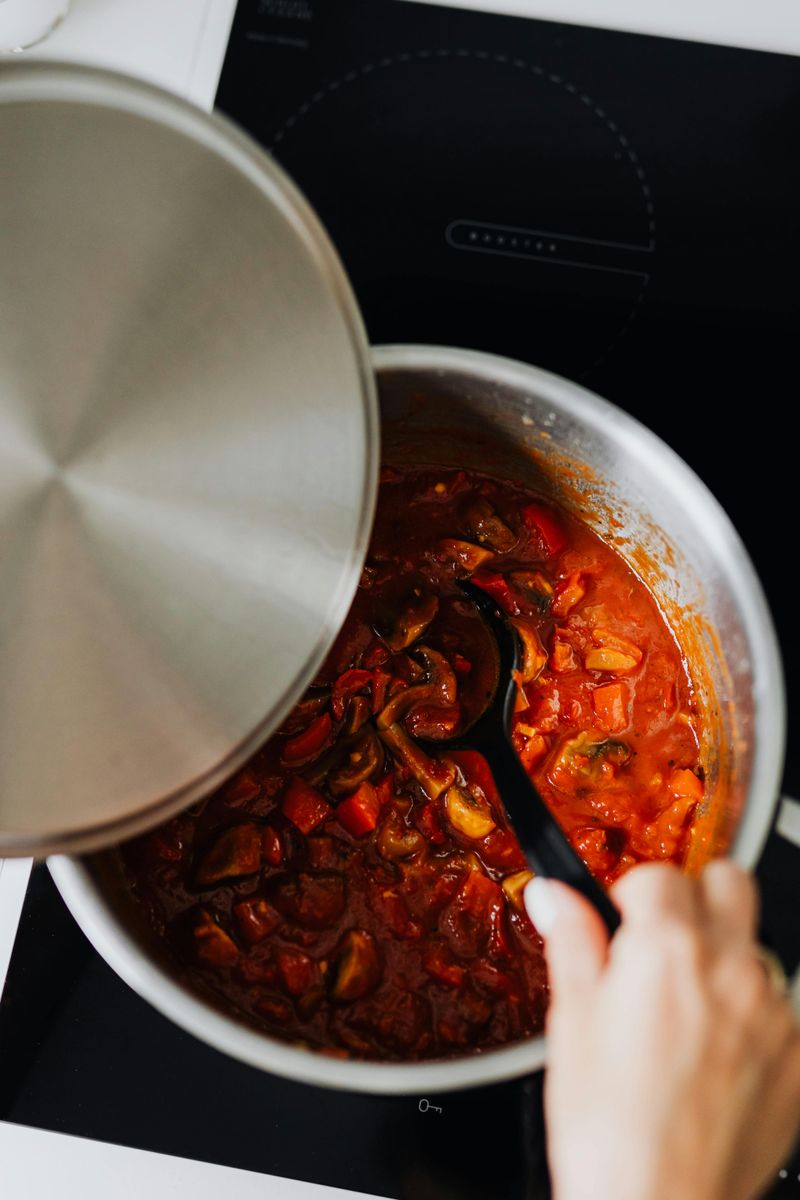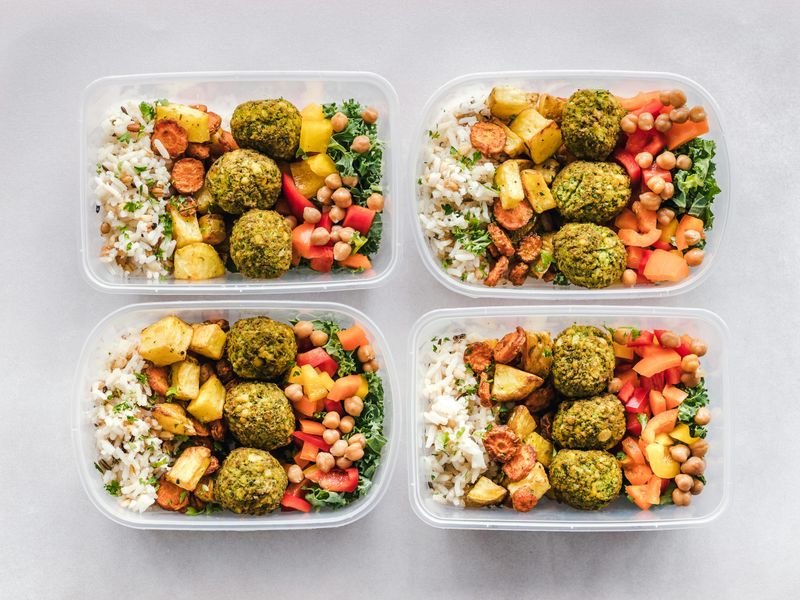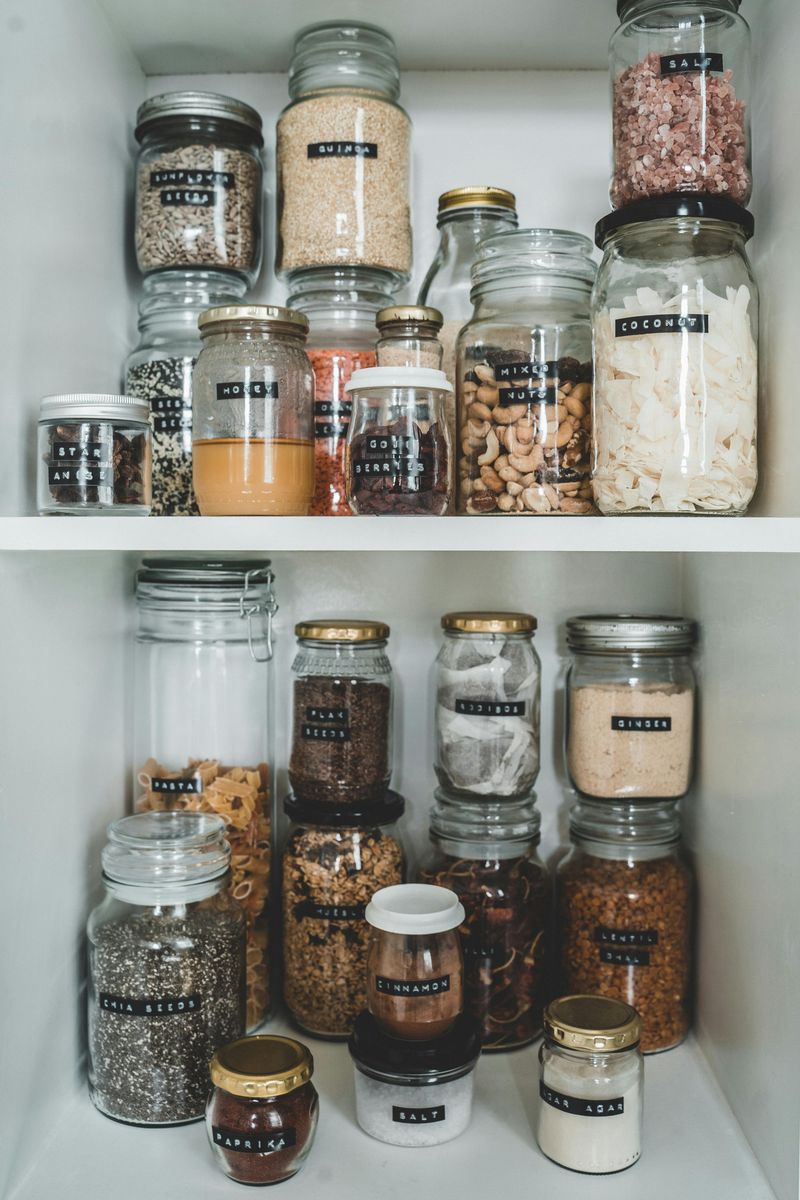Keeping your family fed without breaking the bank can feel like a daily challenge. Between work, school, and activities, finding time to cook affordable meals often falls to the bottom of the to-do list. But with some simple planning tricks, you can cut your grocery bill while still serving healthy, tasty food that everyone will eat.
1. Plan Weekly Menus
Family meal chaos leads to expensive last-minute pizza orders and drive-thru runs. Taking just 30 minutes each weekend to map out your meals can slash your food budget dramatically.
Get the whole family involved by letting each person choose one dinner per week. Check your calendar for busy nights when you’ll need quick options. Keep a rotating list of family favorites to make planning faster each week.
Post your menu where everyone can see it to eliminate the dreaded “what’s for dinner?” question. The peace of mind alone is worth the planning time!
2. Shop With a List
Wandering aimlessly through grocery aisles is a recipe for overspending. The average shopper spends 40% more without a list! Creating and sticking to a detailed shopping list transforms your grocery trips.
Organize your list by store sections (produce, dairy, etc.) to save time and reduce backtracking. Before shopping, check your pantry and refrigerator to avoid buying duplicates.
Try a grocery list app that family members can add to throughout the week. Many even track prices at different stores, helping you find the best deals without driving all over town.
3. Cook in Batches
Double-duty cooking turns one cooking session into multiple meals. When making family favorites like lasagna, chili, or soup, simply double the recipe and freeze half for later use.
Dedicate one weekend afternoon monthly to batch cooking several meals. Label containers with contents and date to keep your freezer organized. Most frozen homemade meals taste best when used within three months.
On hectic weeknights, you’ll have homemade “fast food” ready to heat and eat. This approach not only saves money but also valuable time and energy when you need it most.
4. Use Leftovers Creatively
Leftover magic happens when you see possibilities instead of repeats. Sunday’s roast chicken becomes Monday’s chicken tacos and Tuesday’s chicken soup – three distinct meals from one cooking session! Keep a mental formula: protein + starch + veggies = new meal. Last night’s pork chops can be diced for fried rice, sliced for sandwiches, or chopped for pasta sauce.
Label a special refrigerator container as your “remix bin” for small amounts of leftovers. These bits combine perfectly for personal pizzas, quesadillas, frittatas, or grain bowls that empty your fridge while filling hungry tummies.
5. Embrace One-Pot Meals
One-pot wonders deliver maximum flavor with minimum effort and expense. Soups, stews, casseroles, and sheet pan dinners combine proteins, veggies, and starches in a single cooking vessel, saving both money and cleanup time.
These meals typically use less expensive cuts of meat that become tender through slow cooking. They’re also perfect for incorporating seasonal vegetables or whatever you have on hand.
The convenience factor is huge for busy families – start a slow cooker in the morning or pop a sheet pan in the oven after work. Your wallet appreciates fewer ingredients while your schedule welcomes the simplified cooking process.
6. Buy Seasonal Produce
Nature’s timing offers built-in savings at the produce section. Fruits and vegetables purchased in season cost significantly less while providing peak flavor and nutrition. Summer strawberries and fall apples simply taste better than their off-season counterparts!
Local farmers markets often offer the freshest seasonal options at competitive prices. Many allow SNAP benefits and offer matching programs for low-income families.
Create a seasonal produce chart for your region and post it on your refrigerator. Planning meals around what’s currently abundant teaches kids about natural food cycles while stretching your grocery dollars further than you thought possible.
7. Incorporate Meatless Meals
Protein doesn’t always require a hefty price tag. Plant-based proteins like beans, lentils, and tofu cost a fraction of meat while delivering impressive nutritional benefits. A family of four can save $40+ weekly by replacing just two meat-based dinners!
Black bean tacos, lentil soup, chickpea curry, and bean-based pasta dishes offer familiar formats with budget-friendly ingredients. Adding eggs, which remain relatively inexpensive, creates satisfying options like vegetable frittatas or breakfast-for-dinner nights.
Start with one meatless meal weekly, then gradually increase as you discover family favorites. The environmental benefits complement the financial ones, making this strategy a win-win.
8. Stock a Pantry of Essentials
Your pantry serves as a personal grocery store during busy weeks. Staples like pasta, rice, canned tomatoes, beans, and broths create the foundation for countless quick meals without emergency store runs.
Build your stockpile gradually by purchasing one or two extra non-perishable items each shopping trip, especially when they’re on sale. Organize shelves by category and use the “first in, first out” method to prevent waste. A well-stocked spice collection transforms basic ingredients into diverse meals spanning global cuisines.
When pantry ingredients form your cooking foundation, you’ll spend less on specialty items and reduce those budget-busting takeout orders.
9. Use Coupons and Apps
Modern couponing has evolved beyond scissors and newspaper inserts. Grocery apps like Ibotta, Checkout51, and store-specific applications offer cash back on purchases you’re already making. Many stores now load digital coupons directly to loyalty cards.
Price-comparison apps show which local store has the best deals each week. Some even create shopping lists based on sales. Cashback credit cards dedicated to grocery purchases can add another 2-5% savings on everything you buy.
Spend 15 minutes weekly reviewing available offers before shopping. The average dedicated app user saves $30-50 monthly with minimal effort – that’s up to $600 yearly just for tapping your phone!
10. Prep Ingredients Ahead
Sunday prep sessions create weeknight cooking shortcuts that prevent costly convenience foods. After grocery shopping, wash and chop vegetables, marinate proteins, cook grains, and portion snacks into grab-and-go containers. Store prepped items in clear containers at eye level in your refrigerator.
Seeing ready-to-use ingredients makes cooking feel manageable even after exhausting days. Pre-portioned healthy snacks prevent impulsive vending machine visits or convenience store stops.
Even 30-60 minutes of weekend prep dramatically reduces the temptation to order delivery when everyone’s hungry and tired. Your future self will thank you with both time and money savings when dinner comes together in minutes instead of hours.










